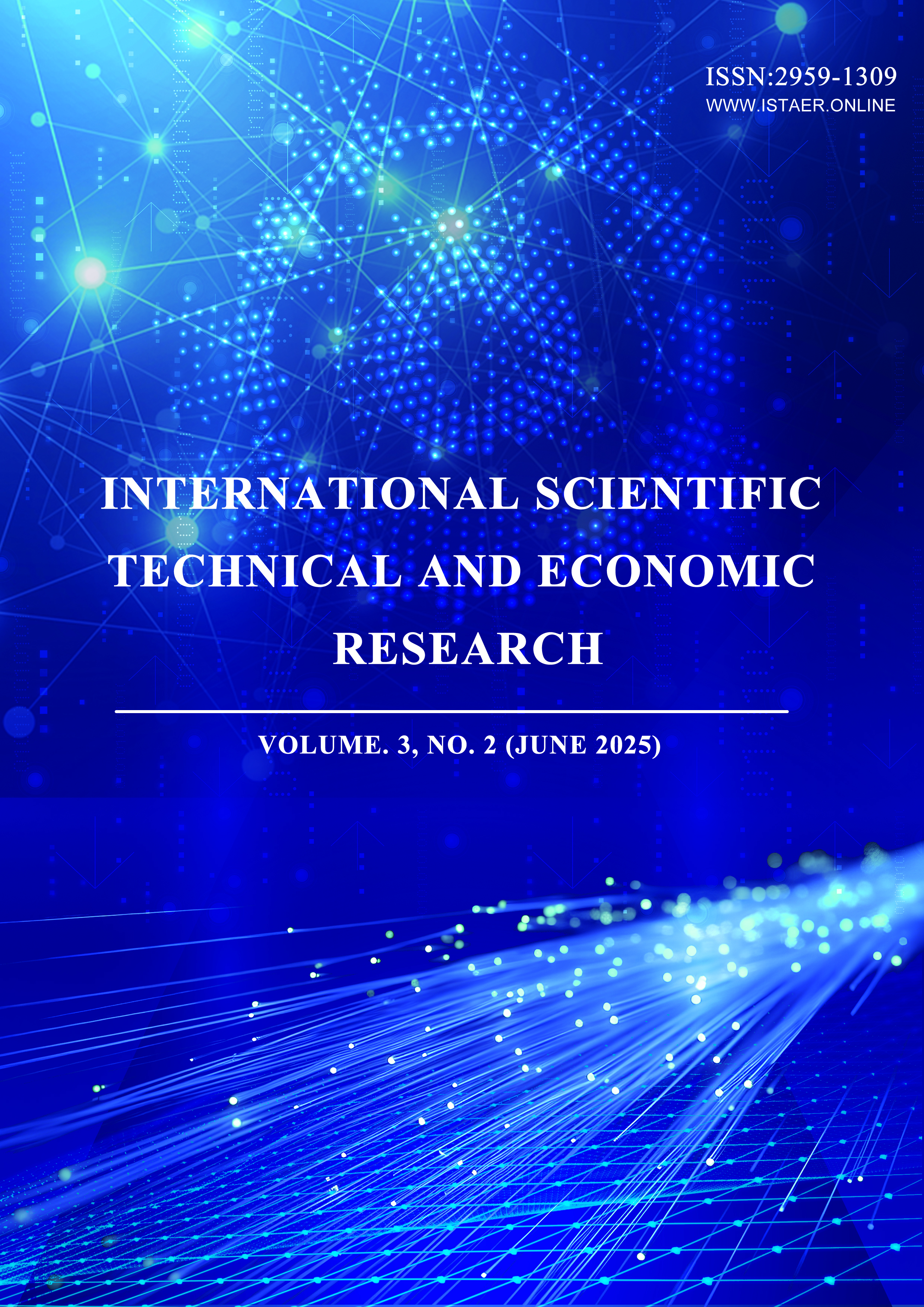Algorithm acceleration technology of machine learning in financial time series forecasting
DOI:
https://doi.org/10.71451/ISTAER2532Keywords:
Machine Learning; Financial Time Series Forecasting; Algorithm Acceleration; GPU Acceleration; Deep LearningAbstract
As the complexity of financial markets continues to increase, traditional financial time series forecasting methods face huge challenges. Machine learning, especially deep learning, has become a powerful tool to meet this challenge. However, these models often require a lot of computing resources when processing large-scale data, resulting in delays in the training and prediction process. In order to improve the efficiency and real-time performance of prediction, machine learning algorithm acceleration technology has emerged, mainly through hardware acceleration and software optimization to improve the speed of model training and reasoning. This study explores the application of machine learning algorithm acceleration technology in financial time series forecasting, analyzes how acceleration technology can help solve problems in data processing, real-time forecasting, and other aspects, and demonstrates the actual effects of these technologies in the stock market, foreign exchange market, and commodity market through case analysis. Despite the challenges of data diversity and hardware resource limitations, future research directions will focus on the combination of deep reinforcement learning, cloud computing, edge computing, and quantum computing to further promote the intelligent and efficient development of financial time series forecasting.
References
[1] Song, R., Wang, Z., Guo, L., Zhao, F., & Xu, Z. (2024). Deep belief networks (DBN) for financial time series analysis and market trends prediction. DOI: https://doi.org/10.53469/wjimt.2024.07(04).01
[2] Farahani, M. A., McCormick, M. R., Harik, R., & Wuest, T. (2025). Time-series classification in smart manufacturing systems: An experimental evaluation of state-of-the-art machine learning algorithms. Robotics and Computer-Integrated Manufacturing, 91, 102839. DOI: https://doi.org/10.1016/j.rcim.2024.102839
[3] Akintuyi, O. B. (2024). Adaptive AI in precision agriculture: a review: investigating the use of self-learning algorithms in optimizing farm operations based on real-time data. Research Journal of Multidisciplinary Studies, 7(02), 016-030. DOI: https://doi.org/10.53022/oarjms.2024.7.2.0023
[4] Li, S., Tong, Z., & Haroon, M. (2024). Estimation of transport CO2 emissions using machine learning algorithm. Transportation Research Part D: Transport and Environment, 133, 104276. DOI: https://doi.org/10.1016/j.trd.2024.104276
[5] Wei, Y., Gu, X., Feng, Z., Li, Z., & Sun, M. (2024). Feature extraction and model optimization of deep learning in stock market prediction. Journal of Computer Technology and Software, 3(4).
[6] Lin, Y., Li, A., Li, H., Shi, Y., & Zhan, X. (2024). GPU-Optimized Image Processing and Generation Based on Deep Learning and Computer Vision. Journal of Artificial Intelligence General science (JAIGS) ISSN: 3006-4023, 5(1), 39-49. DOI: https://doi.org/10.60087/jaigs.v5i1.162
[7] Lu, M., & Xu, X. (2024). TRNN: An efficient time-series recurrent neural network for stock price prediction. Information Sciences, 657, 119951. DOI: https://doi.org/10.1016/j.ins.2023.119951
[8] Sun, J., Zhou, S., Zhan, X., & Wu, J. (2024). Enhancing Supply Chain Efficiency with Time Series Analysis and Deep Learning Techniques. DOI: https://doi.org/10.20944/preprints202409.0983.v1
[9] Weinberg, A. I., & Faccia, A. (2024). Quantum Algorithms: A New Frontier in Financial Crime Prevention. arXiv preprint arXiv:2403.18322.
[10] Lin, H., & Wang, C. (2024). DIGWO-N-BEATS: An evolutionary time series prediction method for situation prediction. Information Sciences, 664, 120316. DOI: https://doi.org/10.1016/j.ins.2024.120316
[11] Selmy, H. A., Mohamed, H. K., & Medhat, W. (2024). A predictive analytics framework for sensor data using time series and deep learning techniques. Neural Computing and Applications, 36(11), 6119-6132. DOI: https://doi.org/10.1007/s00521-023-09398-9
Downloads
Published
Issue
Section
License
Copyright (c) 2025 International Scientific Technical and Economic Research

This work is licensed under a Creative Commons Attribution-NonCommercial-NoDerivatives 4.0 International License.
This work is licensed under the Creative Commons Attribution International License (CC BY 4.0).




